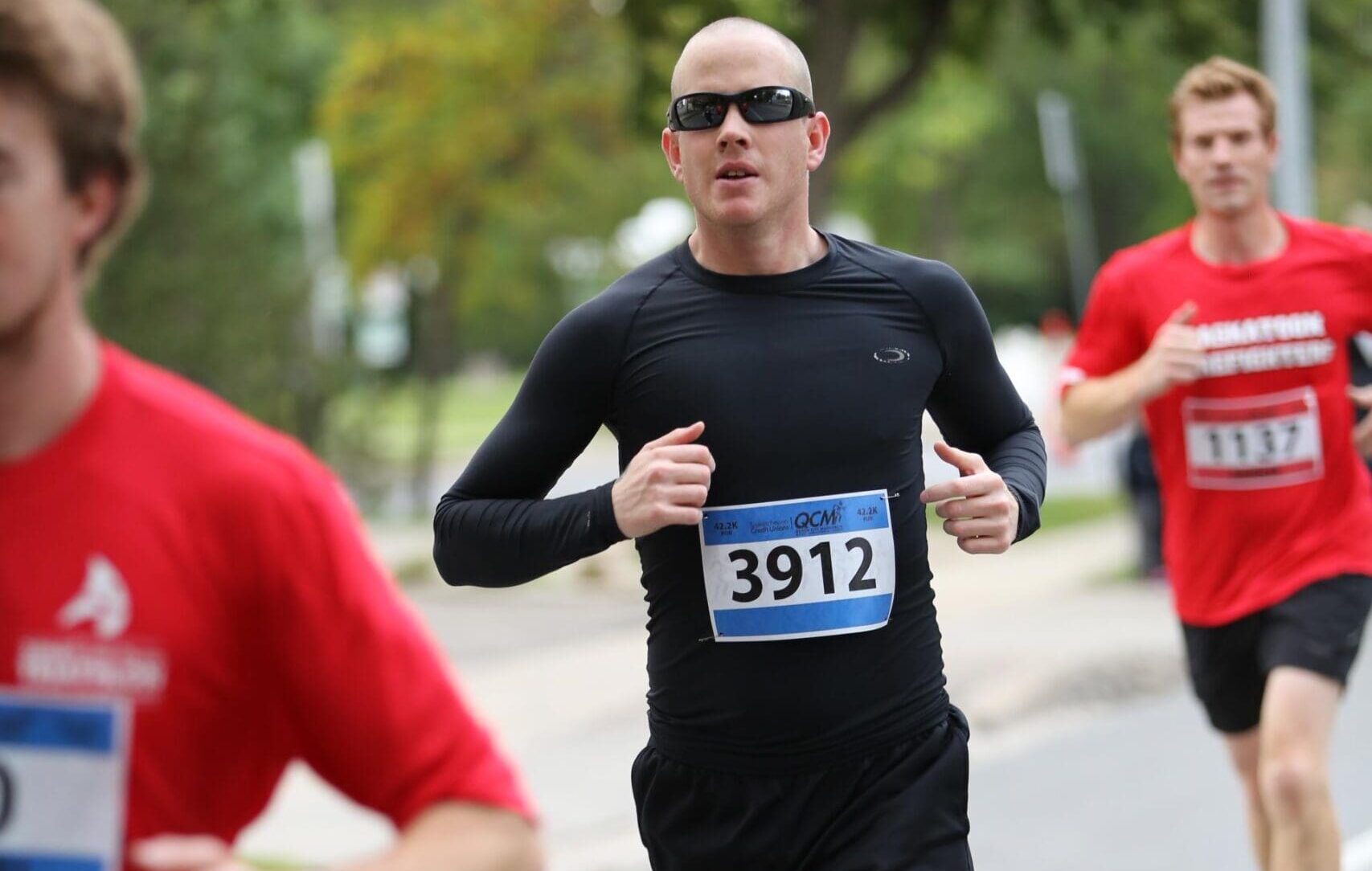A Marathon of Marathons
The world of competitive marathon running is a different kind of competitive. Any of the races I have attended have their rosters filled with athletes from all walks of life and all skill levels. The interesting part when it comes to runners is that the 23-year-old who finishes his 25th marathon in 2:17 will congratulate the 38-year-old who completes his first in 4:35. Victory in marathon running is heavily measured by the person running and not the finishing times of everyone else.
Setting a Long-Term Vision
That’s what makes this pursuit so personal. My long-term goal is to complete 100 marathons before I turn 60. It’s ambitious, and I know it demands careful planning. To keep it achievable, I’ve set realistic benchmarks: completing 50 marathons by 50 years old and maintaining a steady pace of five marathons per year.
These milestones help me stay focused, but more importantly, they guard against one of the greatest risks in endurance sport: burnout and injury.
The truth is, pushing too hard without proper recovery leads to breakdown. Overtraining can cause stress fractures, tendonitis, and chronic fatigue—any one of which could derail the entire goal. Burnout isn’t just physical either; mental exhaustion from constant pressure can make something you once loved feel like a burden. That’s why pacing is not just a race strategy—it’s a survival strategy for the long haul.
Regulating Performance for Efficiency
One of the most important lessons I’ve learned is that consistency beats intensity over time. Regulating your performance through proper rest, smart scheduling, and sustainable effort is actually more efficient than going all-out every time.
When you manage energy wisely, you reduce risk, maintain momentum, and avoid the deep valleys that come from burnout. In the long game, efficiency comes from discipline, not intensity.
That’s why I use the SMART goal method to structure this journey—setting Specific, Measurable, Attainable, Relevant, and Time-bound goals. Instead of just saying “run more,” SMART planning forces me to monitor progress carefully, recognize warning signs early, and adjust expectations without sacrificing the bigger dream.
Training for the Long Run
Longevity in marathon running isn’t about heroic effort day after day—it’s about balance. Training cycles must include recovery. Races must be chosen thoughtfully. Some years might see setbacks from life, injury, or simply needing rest—and that’s okay. What matters is maintaining that high performance for the long road ahead.
High performance looks different for everyone. For one runner, it’s a sub-3 marathon. For another, it’s crossing the finish line at all. Nobody should judge another’s race. In a sport where perseverance is everything, finishing on your own terms is the ultimate achievement.
Fifty by fifty. One hundred before sixty. Five per year.
Not rushed and not reckless, because the real victory isn’t crossing the next finish line—it’s staying strong enough to cross them all.
Conclusion
Running 100 marathons isn’t about being extraordinary—it’s about being consistent. It’s about making smart choices, honoring the body’s limits, and finding joy in the process rather than just the result.
This goal isn’t a race against time—it’s a relationship with it. And with the right mindset, strategy, and commitment, it’s a goal I fully intend to reach, one race at a time.
🏁 About the Author
This article was written by Alexander Cave, a leadership facilitator and endurance athlete with All Around Performance. When he’s not supporting our clients in building high-performance habits at work, he’s lacing up for his next long-distance challenge. With a goal of completing 100 marathons before the age of 60, Alex brings lived experience in long-game thinking, discipline, and recovery—and teaches others to lead with the same mindset in every area of life.
👉 Explore our services
📩 Contact our team
📣 Follow us on LinkedIn
